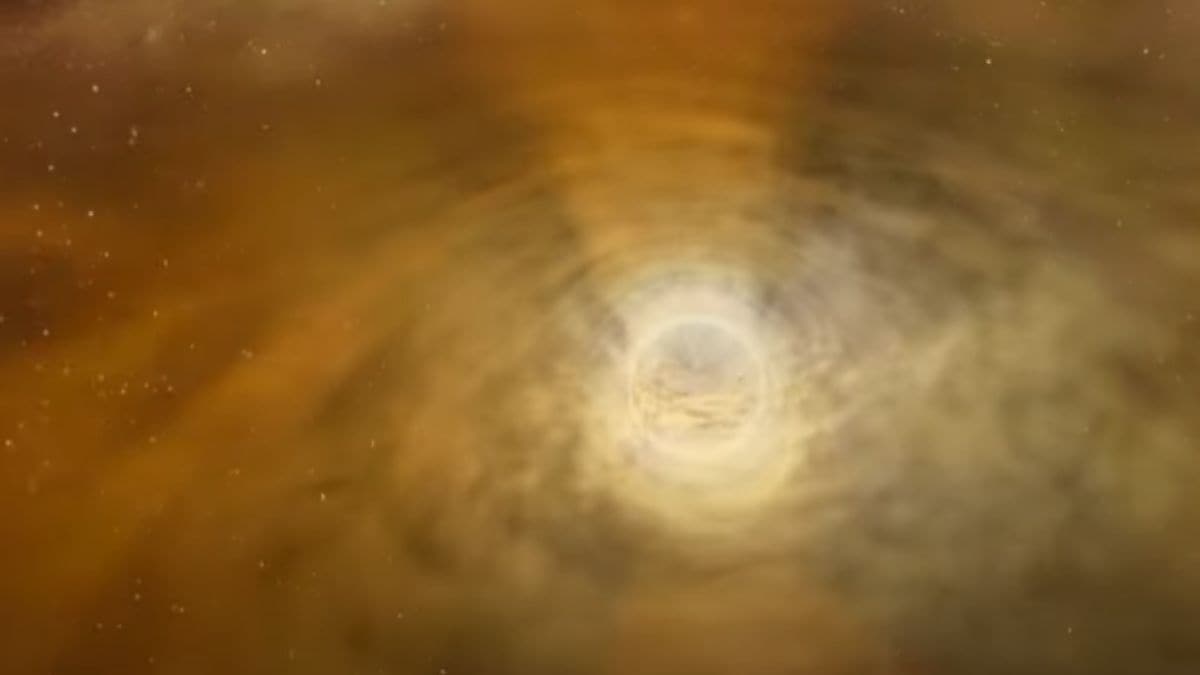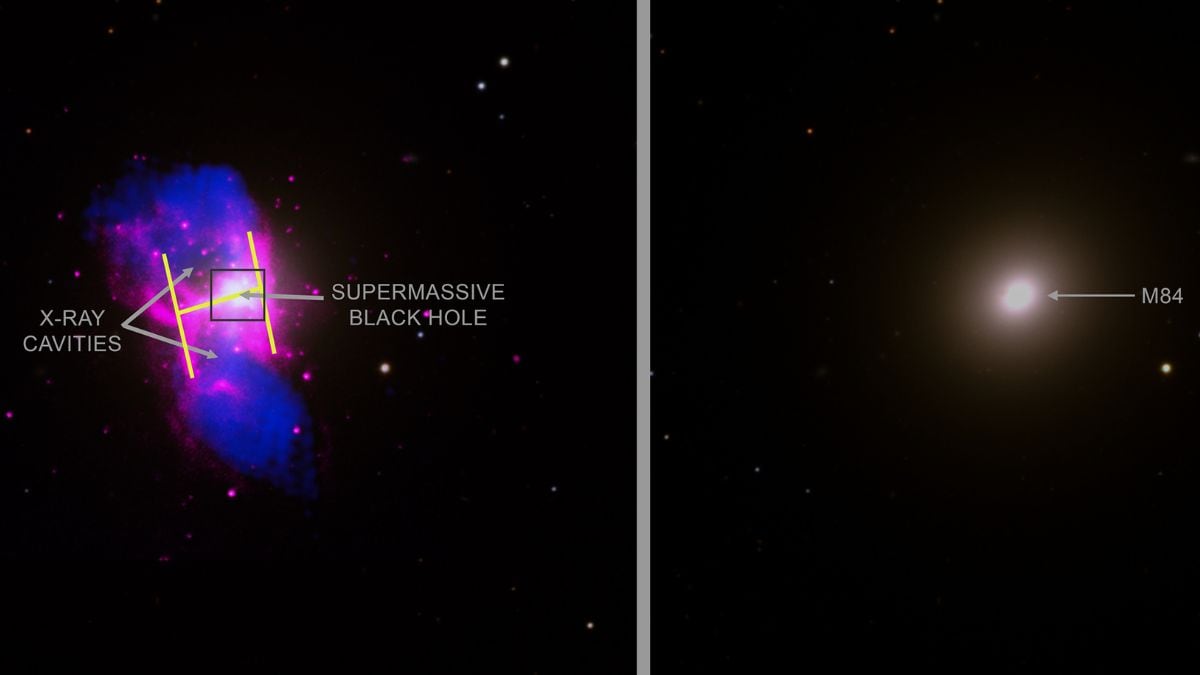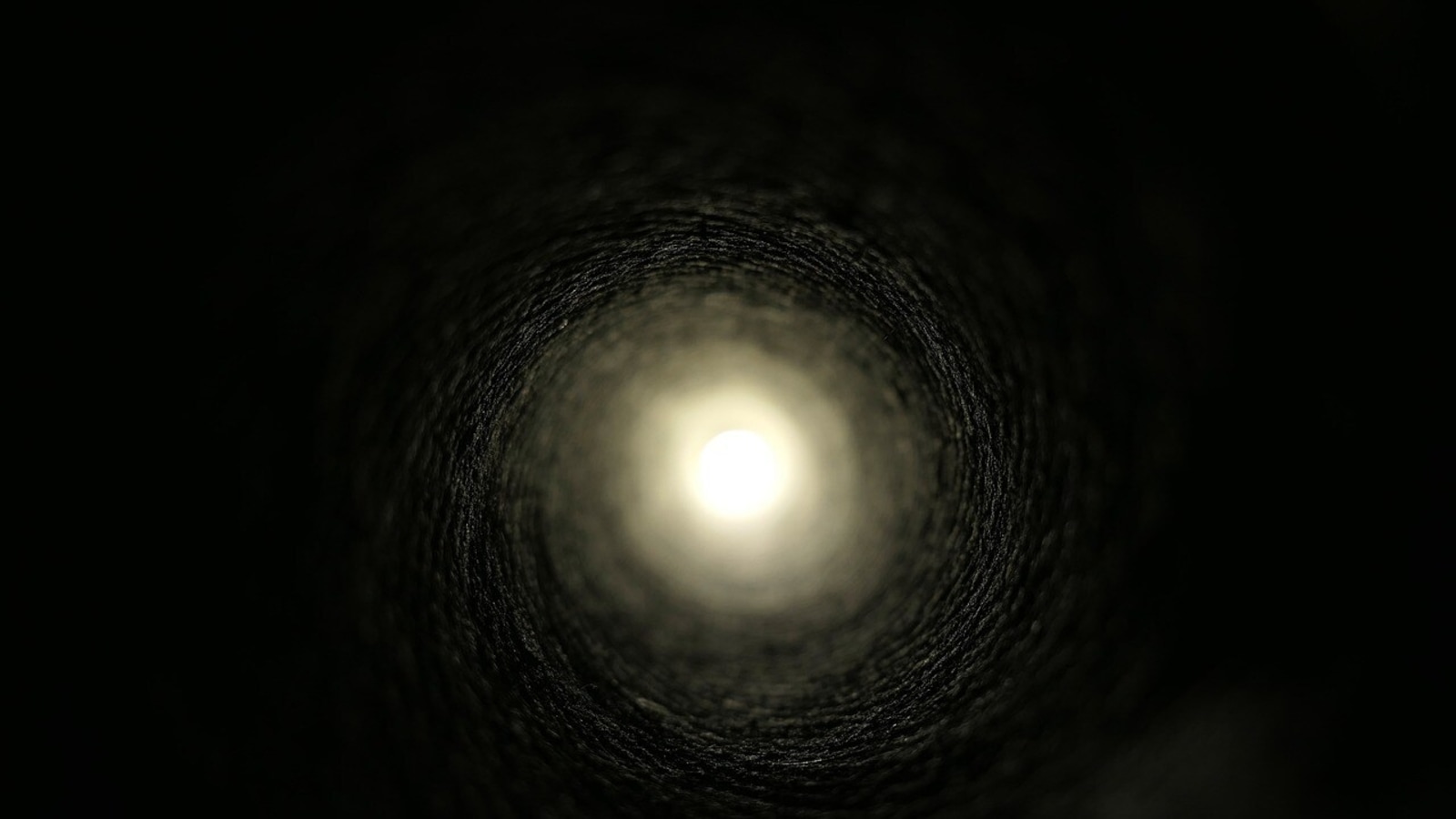This black hole is spewing powerful jet of energy towards Earth
NASA has found a supermassive black hole that is spraying a highly powerful jet of energy towards Earth.






 View all Images
View all ImagesRecently, the NASA James Webb Space Telescope spotted the farthest active supermassive black hole discovered so far. Incidentally, this black hole was also found to be smaller than any known in the early universe. This was just one of many discoveries that highlighted how mysterious the world of black holes is. Now, a NASA mission has found a supermassive black hole that is spraying a jet of highly powerful bursts of energy. And to make matters worse, the jet is directed at the Earth. These events are dubbed blazars.
NASA, astronomers have made a thrilling discovery involving a supermassive black hole located about 400 million light-years away from Earth. This cosmic event, although fearsome, poses no immediate threat, thanks to how far away from Earth it is.
Markarian 421
Designated as Markarian 421, and situated in the Ursa Major constellation, it has been observed with NASA's Imaging X-ray Polarimetry Explorer (IXPE) – designed to investigate the polarization of magnetic fields.
The function of IXPE is to observe a property of magnetic fields called polarization, which refers to the fields' orientation. The event, which has been called called Markarian 421, blasted out the jet which was a revelation for astronomers as it showed that the part of the jet where particles are being accelerated is home to a magnetic field with a helical structure too.
Supermassive black holes are known to have accretion disks, swirling disks of matter that gradually feed them over time. As they actively feed, some of the material is channeled towards their poles, where it is ejected at near-light speed, resulting in highly energetic and intensely bright electromagnetic radiation. When these jets are pointed directly at Earth. The mechanisms responsible for launching these blazar jets is still not known to astronomers.
According to NASA, lead researcher behind the discovery and Italian Space Agency astrophysicist, Laura Di Gesu said in a statement "Markarian 421 is an old friend for high-energy astronomers. We were sure the blazar would be a worthwhile target for IXPE, but its discoveries were beyond our best expectations, successfully demonstrating how X-ray polarimetry enriches our ability to probe the complex magnetic field geometry and particle acceleration in different regions of relativistic jets."
Even though scientists have been studying blazar jets for many years, they still don't fully understand the physical processes that control their behavior and the light they emit. However, a new technology called IXPE's X-ray polarimetry allows them to see these jets in a whole new way. It measures the average direction of the electric field of light waves, giving scientists a unique view of these blazar jets, their shape, and where the light they produce comes from.
Scientists studying the powerful jets' typical outflow have noticed a spiraling helix structure, similar to the way human DNA is organized.
Catch all the Latest Tech News, Mobile News, Laptop News, Gaming news, Wearables News , How To News, also keep up with us on Whatsapp channel,Twitter, Facebook, Google News, and Instagram. For our latest videos, subscribe to our YouTube channel.




























